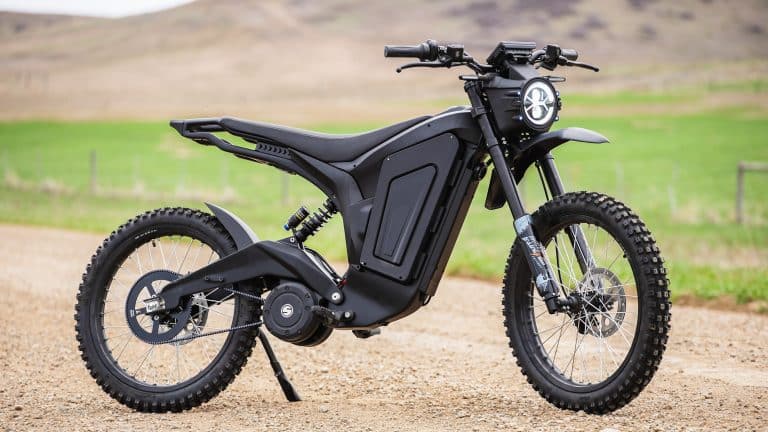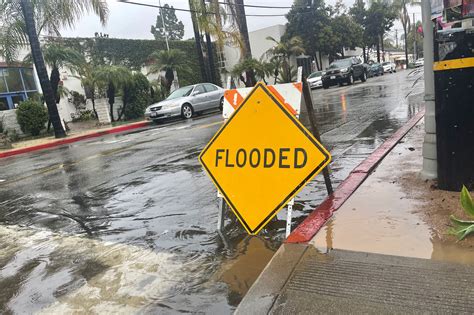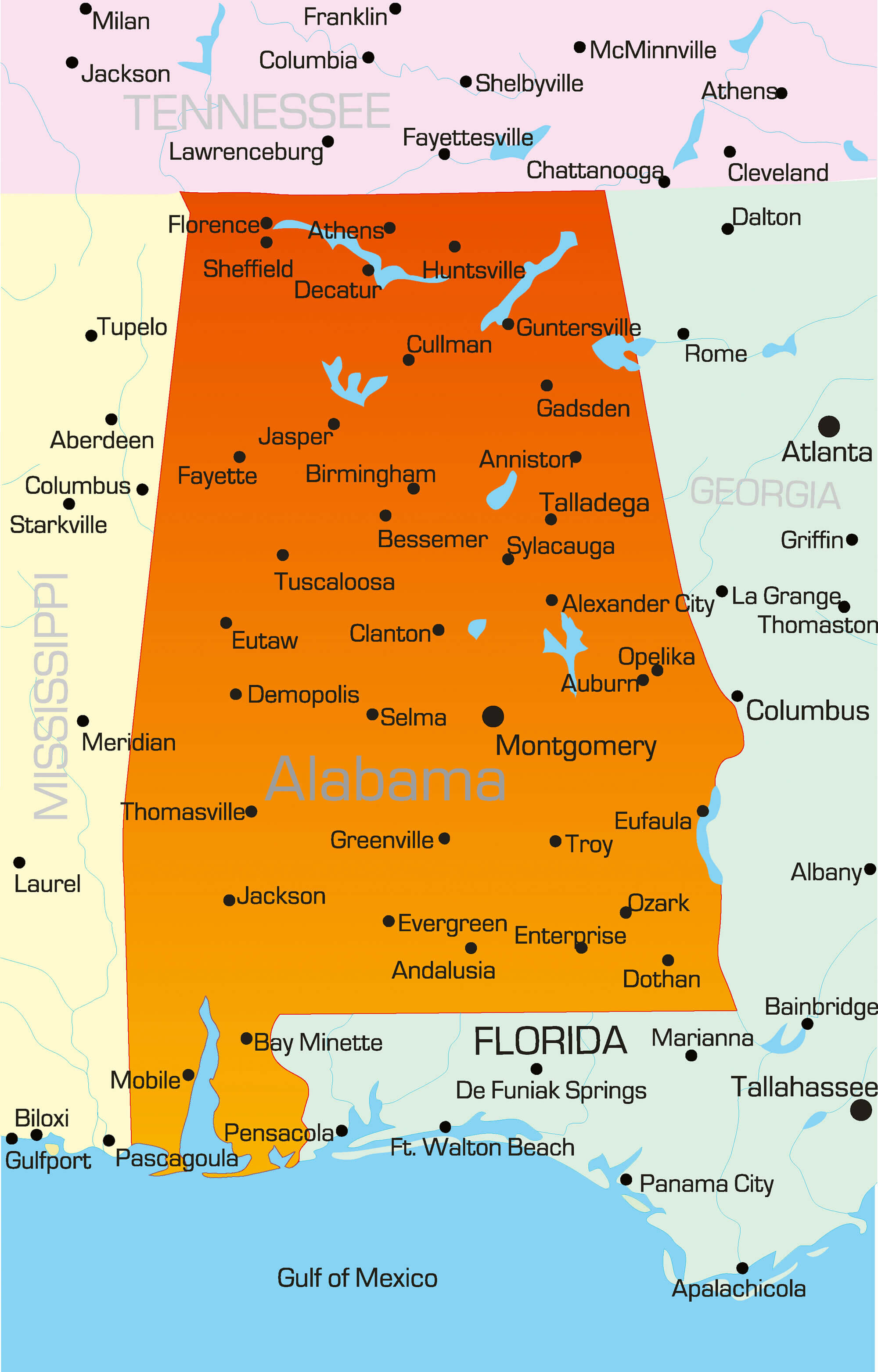The thrill of riding an electric dirt bike on public streets is an exciting prospect for many enthusiasts. However, the notion of a “street legal” electric dirt bike raises several important questions. What exactly does it mean for an electric dirt bike to be street legal? How do these vehicles differ from their off-road counterparts? And what are the benefits and drawbacks of riding an electric dirt bike on public roads?
To address these questions, it’s essential to delve into the world of electric dirt bikes and explore their design, capabilities, and regulatory frameworks. Electric dirt bikes, also known as e-dirt bikes or electric off-road motorcycles, are designed for off-road riding and typically feature a combination of rugged construction, high-torque electric motors, and advanced battery technology. While these vehicles are primarily intended for off-road use, some manufacturers and enthusiasts have begun to explore the possibility of modifying or designing electric dirt bikes for street use.
One of the primary challenges in creating a street legal electric dirt bike is meeting the regulatory requirements for on-road vehicles. In the United States, for example, the Department of Transportation (DOT) and the National Highway Traffic Safety Administration (NHTSA) set strict standards for vehicles operating on public roads. These standards include requirements for safety features such as brakes, suspension, and lighting, as well as emissions and noise regulations. Electric dirt bikes, which are typically designed for off-road use, may not meet these standards in their original form.
Despite these challenges, some manufacturers have begun to develop electric dirt bikes that are specifically designed for street use. These vehicles often feature modifications such as:
- Improved braking systems: Street legal electric dirt bikes may include advanced braking systems, such as hydraulic disc brakes or regenerative braking, to provide reliable stopping power on paved roads.
- Enhanced suspension: These vehicles may feature upgraded suspension systems, including longer travel and more advanced damping, to improve stability and comfort on paved roads.
- Modified lighting and electrical systems: Street legal electric dirt bikes typically include front and rear lights, turn signals, and other electrical components that meet DOT and NHTSA standards.
- Emissions and noise compliance: Since electric dirt bikes produce zero tailpipe emissions, they may be exempt from certain emissions regulations. However, they must still meet noise standards and may require modifications to reduce noise levels.
Some notable examples of street legal electric dirt bikes include the Zero FX, which features a 27.6 horsepower electric motor and a top speed of 85 mph, and the Alta Motors Redshift MX, which boasts a 40 horsepower electric motor and a top speed of 50 mph.
Step 1: Research Local Regulations
Before purchasing or modifying an electric dirt bike for street use, research local regulations regarding electric vehicles, licensing requirements, and roadworthiness standards.
Step 2: Choose a Suitable Vehicle
Select an electric dirt bike that is designed for street use or can be easily modified to meet regulatory requirements.
Step 3: Ensure Proper Safety Features
Verify that the vehicle is equipped with essential safety features, such as reliable brakes, suitable tires, and protective gear.
Step 4: Obtain Necessary Licenses and Permits
Obtain the required licenses, permits, and registrations to operate the vehicle on public roads.
Step 5: Regular Maintenance and Inspection
Regularly inspect and maintain the vehicle to ensure it remains in good working condition and meets regulatory standards.
While the concept of a street legal electric dirt bike is intriguing, there are several factors to consider before pursuing this option. These vehicles may offer a unique combination of off-road capability and on-road practicality, but they also require careful consideration of regulatory compliance, safety features, and operational limitations.
Individuals considering the purchase or modification of an electric dirt bike for street use must carefully weigh these factors and ensure that their vehicle meets all relevant regulatory requirements.
Pros of Street Legal Electric Dirt Bikes
- Unique combination of off-road capability and on-road practicality
- Zero tailpipe emissions and reduced noise pollution
- Potential for lower operating costs and reduced maintenance requirements
Cons of Street Legal Electric Dirt Bikes
- Regulatory challenges and potential compliance issues
- Higher upfront costs compared to traditional dirt bikes
- Limited range and charging infrastructure
The decision to purchase or modify an electric dirt bike for street use should be made with careful consideration of these factors and a thorough understanding of the regulatory framework and operational limitations.
In conclusion, the concept of a street legal electric dirt bike offers an exciting prospect for enthusiasts and environmentally conscious riders. While there are challenges to overcome, the potential benefits of these vehicles, including reduced emissions and operating costs, make them an attractive option for those willing to navigate the regulatory complexities.
For those interested in exploring the world of street legal electric dirt bikes, it’s essential to stay informed about the latest developments in technology, regulations, and industry trends. As the market continues to evolve, we can expect to see more innovative solutions and increasing adoption of these vehicles on public roads.
What is the typical range of a street legal electric dirt bike?
+The typical range of a street legal electric dirt bike can vary depending on the manufacturer, model, and usage patterns. However, most electric dirt bikes have a range of around 20-50 miles on a single charge.
Do I need a special license to operate a street legal electric dirt bike?
+Licensing requirements for street legal electric dirt bikes vary by jurisdiction. In some areas, a standard driver's license may be sufficient, while in others, a motorcycle endorsement or special permit may be required.
Can I modify my existing dirt bike to make it street legal?
+Modifying an existing dirt bike to make it street legal can be a complex and challenging process. It's recommended that you consult with a professional mechanic or engineer to ensure that your vehicle meets all relevant regulatory requirements and safety standards.
As the world of electric vehicles continues to evolve, we can expect to see more innovative solutions and increasing adoption of street legal electric dirt bikes. Whether you’re an enthusiast, a commuter, or an environmentally conscious rider, these vehicles offer a unique combination of off-road capability and on-road practicality that’s sure to captivate a wide range of audiences.



